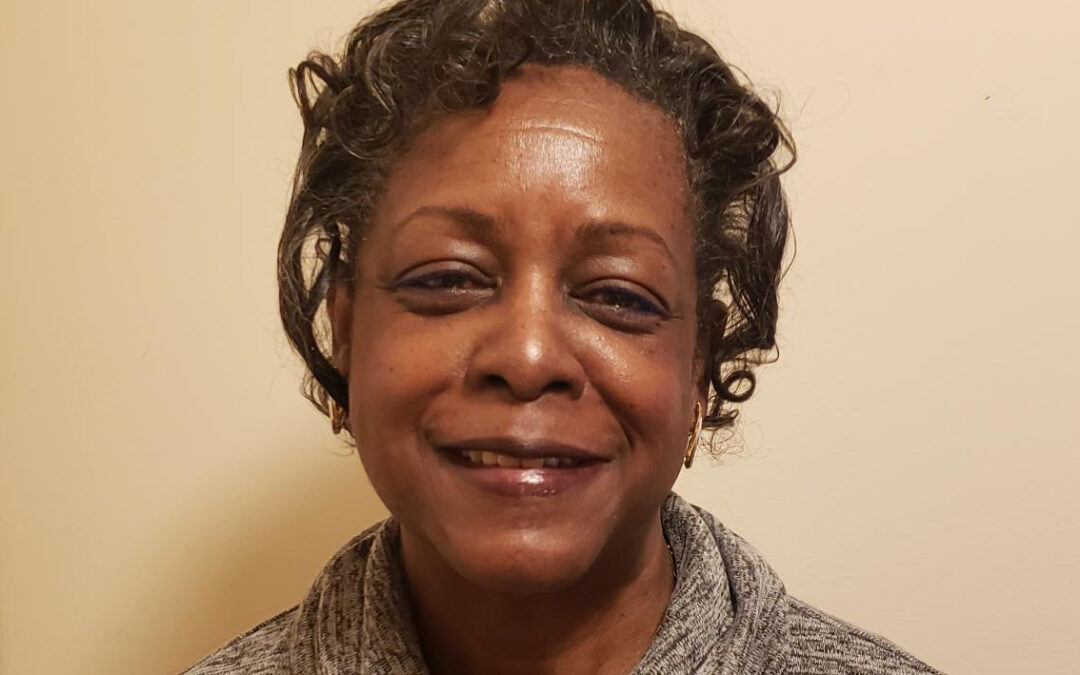You can’t take the educator out of the educator.
From the time she was confirmed at age 13, LSSNY board member Barbara Johnson started working as an assistant teacher with the children in her church’s nursery school. She would watch them while their parents were at church, reading them bible stories and doing activities with them. “I was clear I wanted to be a teacher,” she says. “It’s just something that I wanted to do.”
In the 1970’s, Barbara worked as an early childhood teacher in the NYC public school system. She continued teaching and became Assistant Principal and then Principal in the 1990’s. She always worked in an elementary school.
LSSNY sought her out to join our board given her background in early childhood education. She helped with the search for a new principal and also with the curriculum.
“When you think about every child, their first school is their home,” she says. “Their parent — their mother — is their first teacher. By helping parents look at things they need to teach their children as well as how to teach, we can build a better foundation for learning. Most parents parent the way they were parented — good, bad, or indifferent. This is why our early LIFE program is so important to make learning a positive experience.”
LSSNY provides early childhood education to 660 children ages 2-4 years old in our childcare centers and family childcare homes. We support a network of 90 home-based childcare providers serving 500 children 8 weeks to 11 years old. The parents who operate these in-home daycares become educators and entrepreneurs, certifying their homes to become places of learning vs. just babysitting.
When asked why she joined the board of LSSNY, Barbara says, “Because of the work they do making a difference every day in the lives of so many people — not only children but their parents, and the community — people that have been sometimes forgotten or tossed aside.” She cites LSSNY’s New LIFE School as an example. “It’s almost the last educational resort for special needs students,” she says. “You see a child who has pretty much given up on himself/herself, parents at their wits’ end and then you get that child to graduate and go to college. Then you know the work and the worth is so important. It needs to continue. It makes a difference in their lives. And the lives of those they touch — parents, siblings, and community. I’m there because I see LSSNY making a difference,” she says.
As a member of the Transfiguration Lutheran Church in Harlem, NY since being baptized there at three months old, Barbara has participated in her church for the last 74 years. Her church has been on Zoom for the last three years due to Covid, and — just as she did in her curriculum work in early childhood education — for the month of February, Barbara has incorporated Black History into the church’s weekly virtual service. She’s challenged the church members who log on, giving them information about the first black person to ____ (fill in the blank), then prompting them to do additional research.
Why black history? “It’s because [it’s] who I am,” she says. “My parents are from the Caribbean. My late grandparents were born in the Caribbean and then they came to NY. Finding family and the things that they did continues to be a process. It’s a matter of, ‘who are you? Where did you come from? What was contributed?’”
Barbara’s maternal grandmother and mother were part of the Lutheran church to which she belongs. There was a pastor there who always welcomed people from the Caribbean, and most members come from the U.S Virgin Islands. Whether they live in the Bronx, Manhattan, or Brooklyn, they come to the church which is in Harlem.
Through the course of her work as an educator, Barbara has taught people about multiple cultures, not just black culture. She has addressed the various cultures represented in her district, such as native American, Irish, German, and French. She would often hunt for information. “I went to an Italian restaurant and they had a map of Italy as a place mat,” she says. “That became a teaching tool. I asked for a clean one. Everything that you see can be used as a means of educating.”
Barbara explains that food is always a good way to introduce culture. Her cousin compiled a cookbook and so Barbara has this in her “arsenal.”
“If someone doesn’t have it in writing or someone doesn’t tell you the story, you lose those things that are part of your heritage,” she says.
She is rectifying that, one lesson at a time.

